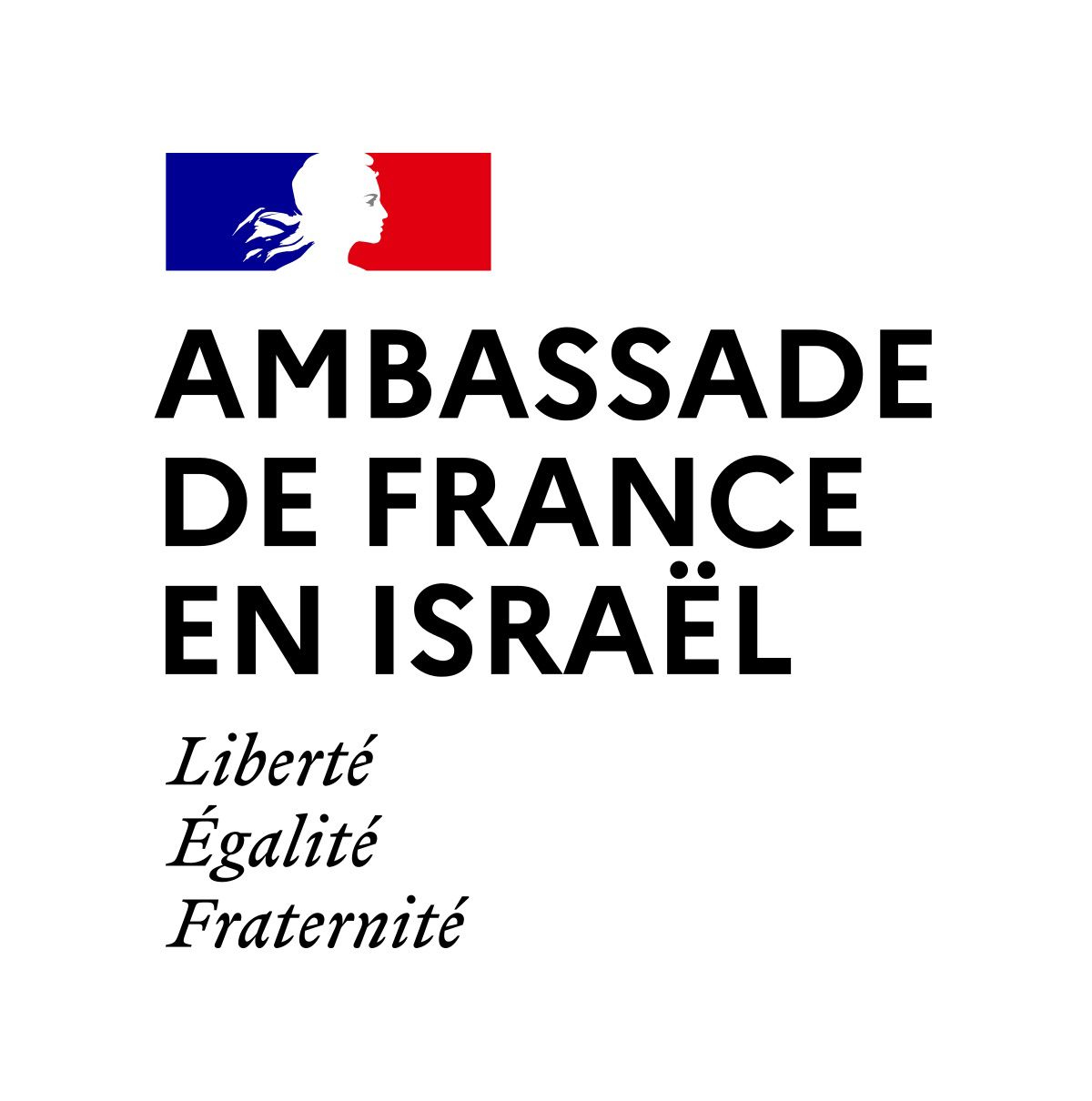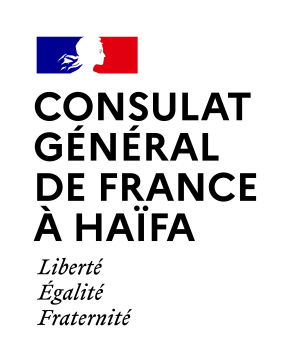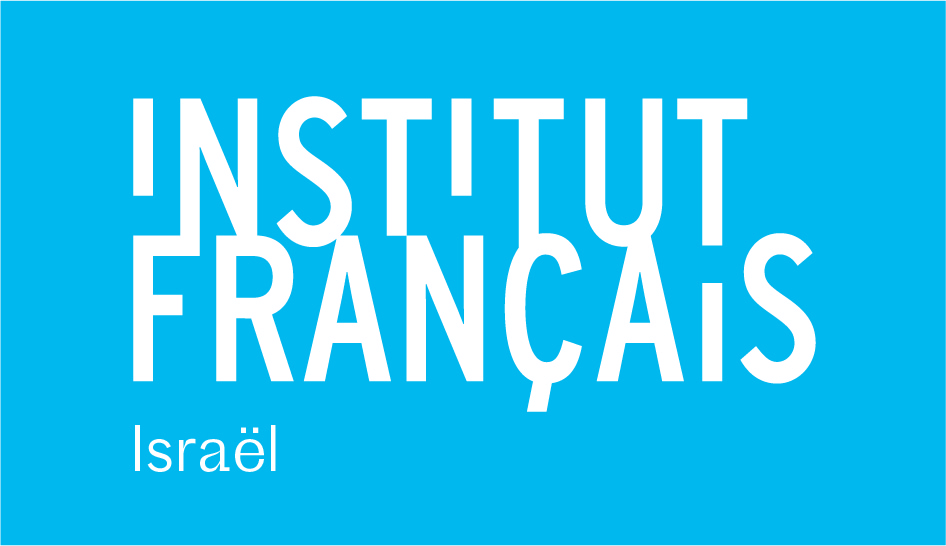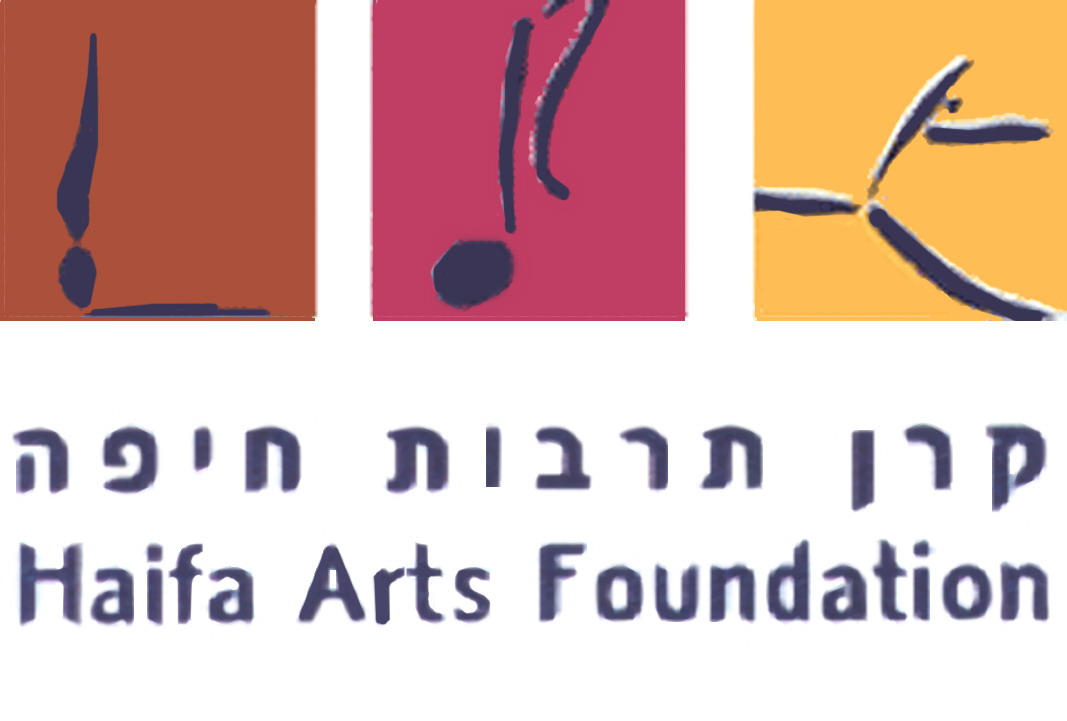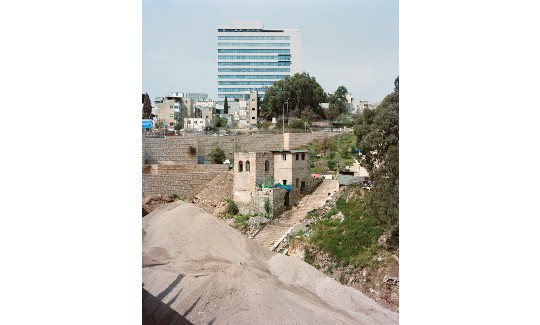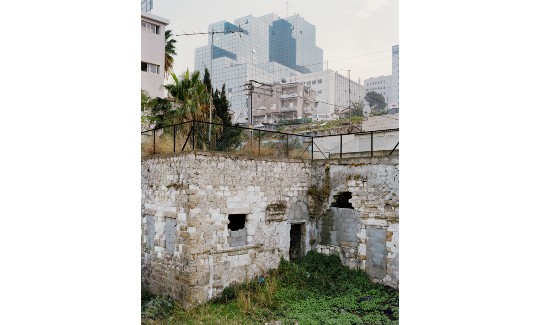Gil Bar- Downtown Haifa
Thursday, 01.12.22, 19:00
Saturday, 25.02.23
curator:
Yifat Ashkenazi
More info:
04-6030800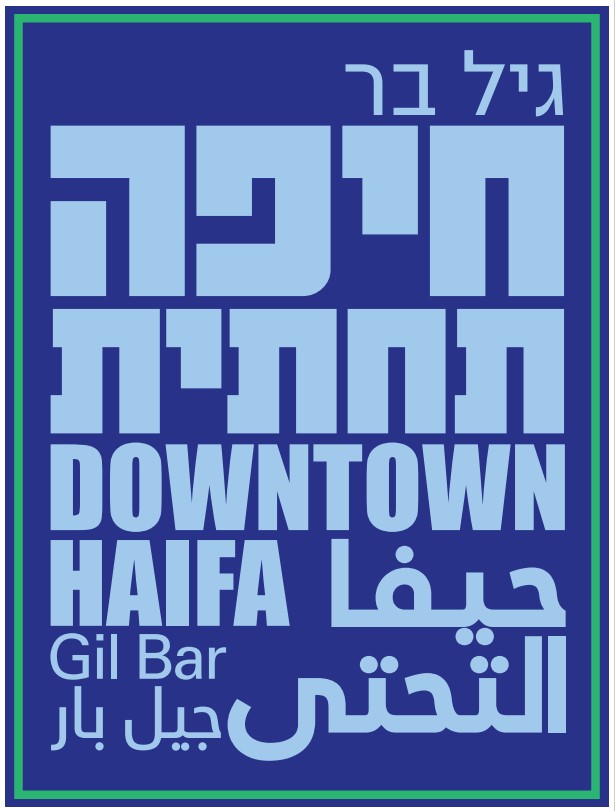
Gil Bar | Downtown Haifa
With the end of the war in 1948, hundreds of empty, scarred buildings remained on the Arab side, hundreds of empty, scarred buildings remained on the Arab side. These buildings were transferred to government ownership and management and were used, already in the early 1950s, to settle new immigrants, who later moved to other neighborhoods.
Some sixty years later, as part of the 2009 Arrangements Law and the reform in the Israel Land Administration (the former name of the Israel Land Authority), the state began to market many of these buildings to the general public under government tenders. Many buildings were again transferred into private ownership. The Haifa Municipality launched a number of projects aimed at reviving these areas and attracting artists, intellectuals, and students. These projects perhaps sought to erase the past of these neighborhoods and infuse them with a different spirit introduced by a new population.
The clusters of abandoned-sealed and ruined buildings are like monuments in the urban landscape – reminders of historical turning points in Haifa's narrative. The city is a collection of buildings with a story, a puzzle of textures that allow for a complex reading of its history and the forces that shaped its unique form.
The book and the exhibition Lower Haifa trace a complex urban portrait at a specific point in time. This collection of photographs raises questions regarding the city, its history, its politics, and its future. The layer revealed to us in the photographs will also eventually come to be covered by another layer and will be transformed over the years.
Yifat Ashkenazi
Curator
I create images in a planned way, never as part of another activity. Photography itself is the activity.
Over the past fifteen years I've been using a large-format camera. This is a type of photography that is conducted slowly and requires preparation. I choose what to photograph and when, and then I put my plan into action. The time of photography is for me identical to the time of observation. It involves a meditative dimension. I like following processes of change and the different forms in which these processes are reflected in the landscape and the built environment. I moved to Haifa after completing a prolonged photography project in the hills of Judea and Samaria. There, I photographed lone outposts that would be alternately built and demolished. In Haifa's lower city I was immediately drawn to the abandoned buildings that filled my surroundings. I was interested in the way the traces of a power struggle could be seen in the material. Observing sealed buildings that do not welcome passersby was for me like a stroll among monuments.
The historical knowledge and contexts surrounding the objects of my photographs - politics, religion, and society - fascinate me. The human tragedy here engages my interest. Nevertheless, the act of photography itself is conducted at some distance from these issues and is dedicated to a formalist search, abstraction, and creating order.
Gil Bar
The project is carried out with the assistance of the French Institute Haifa General Consulate in Haifa, the French Embassy in Israel, Haifa Cultural Foundation and Haifa Radio
